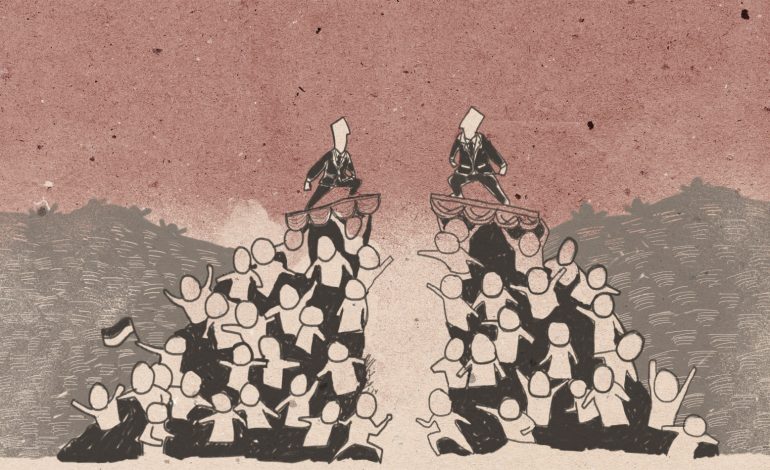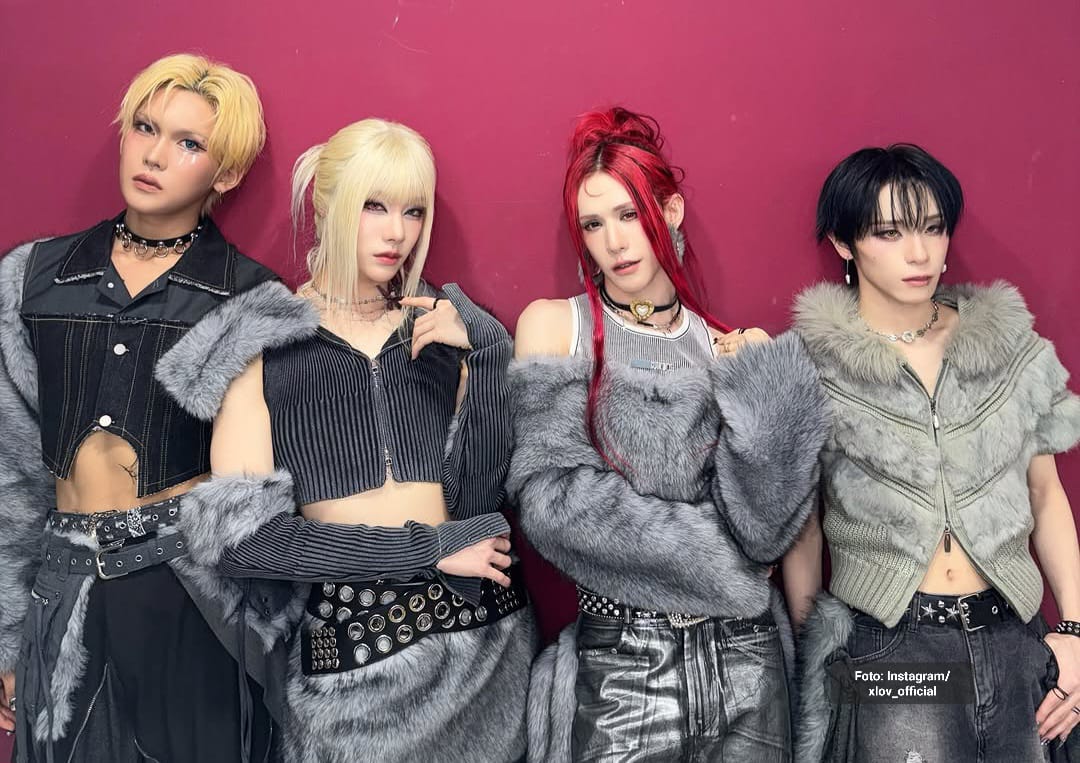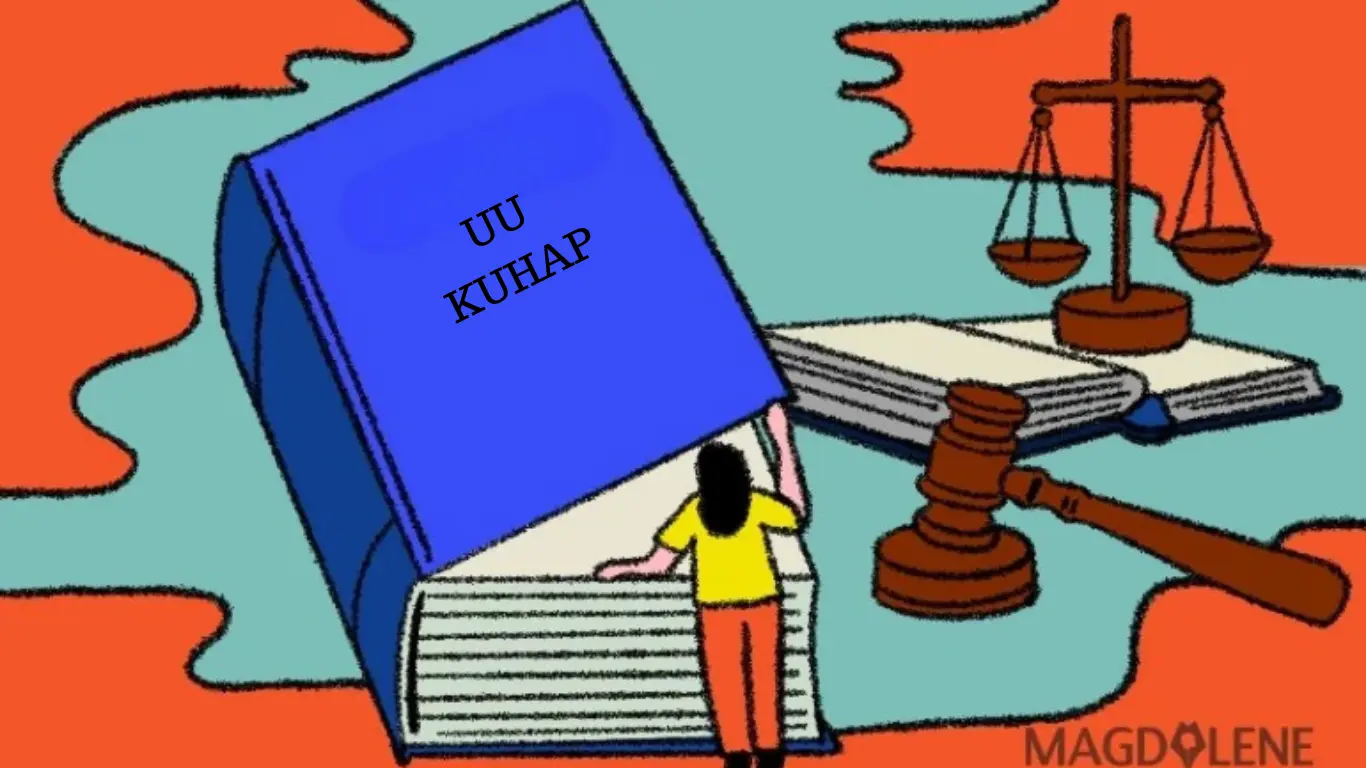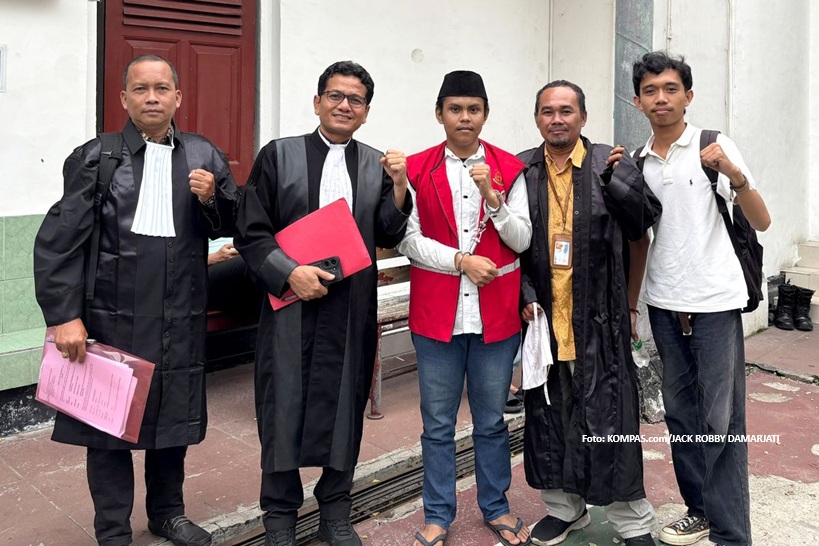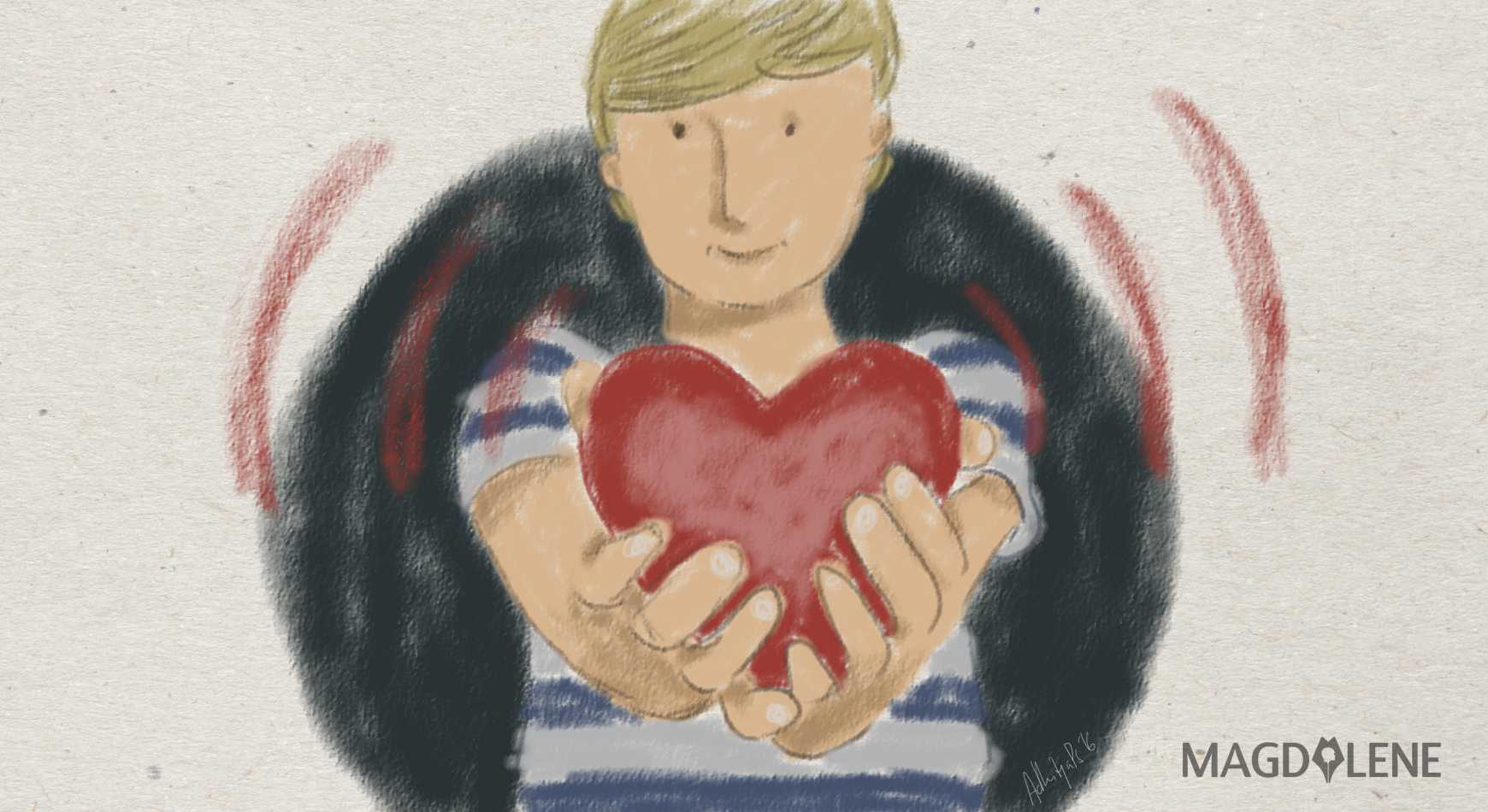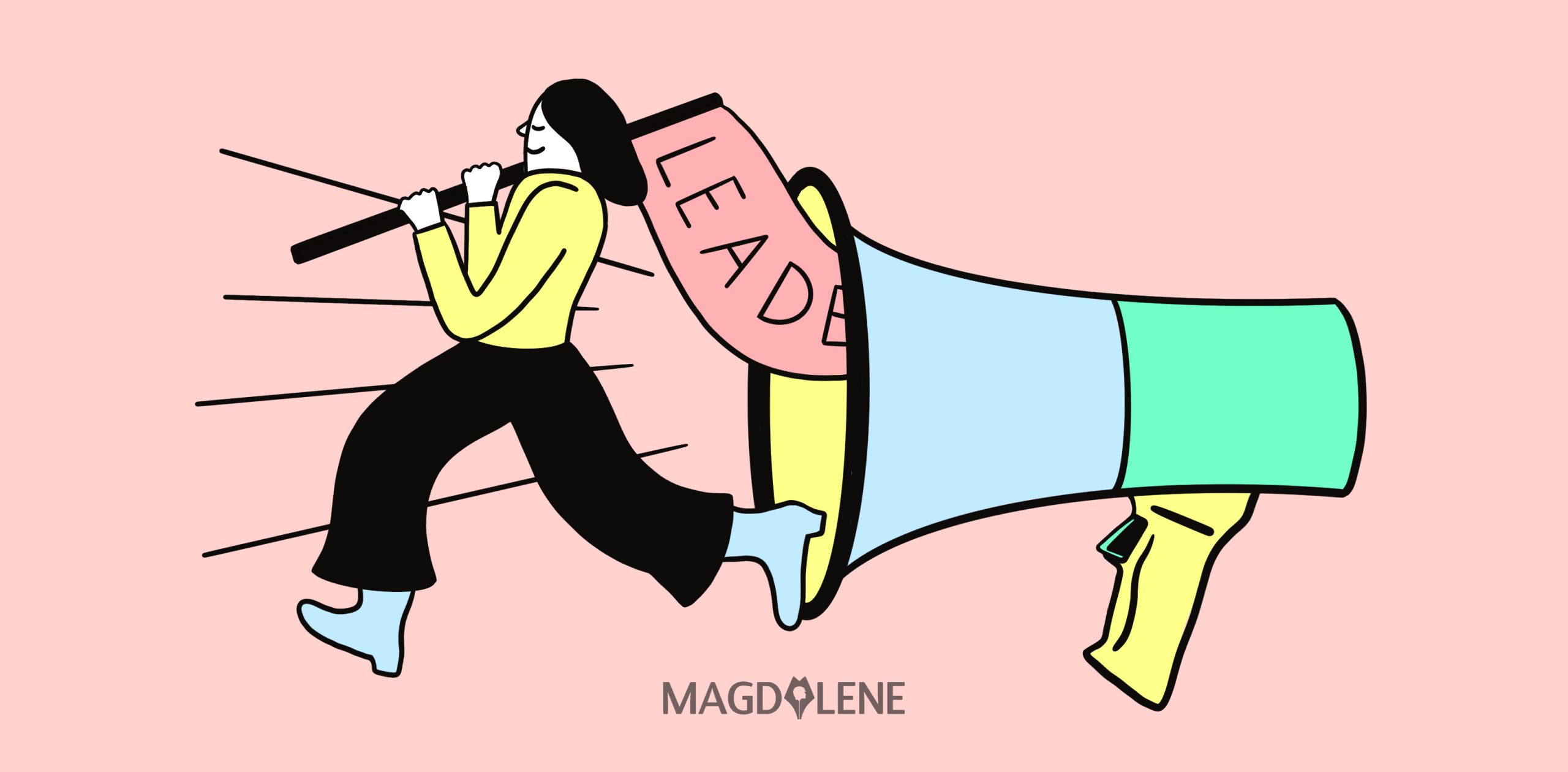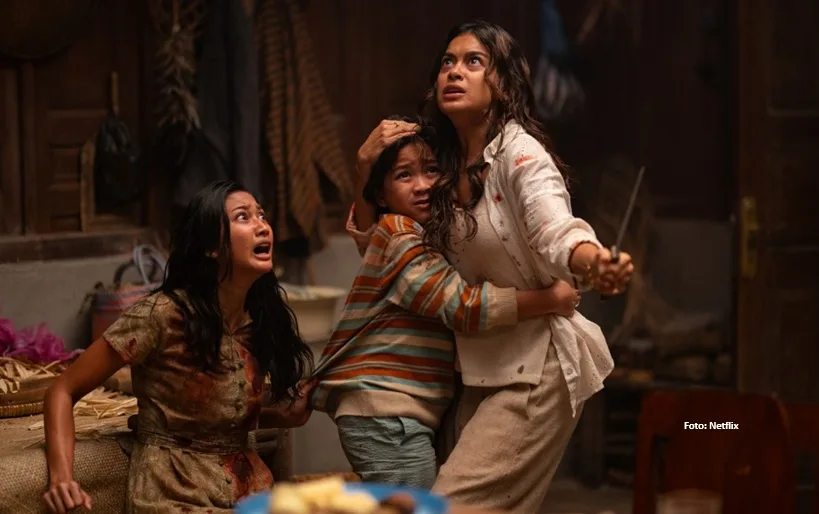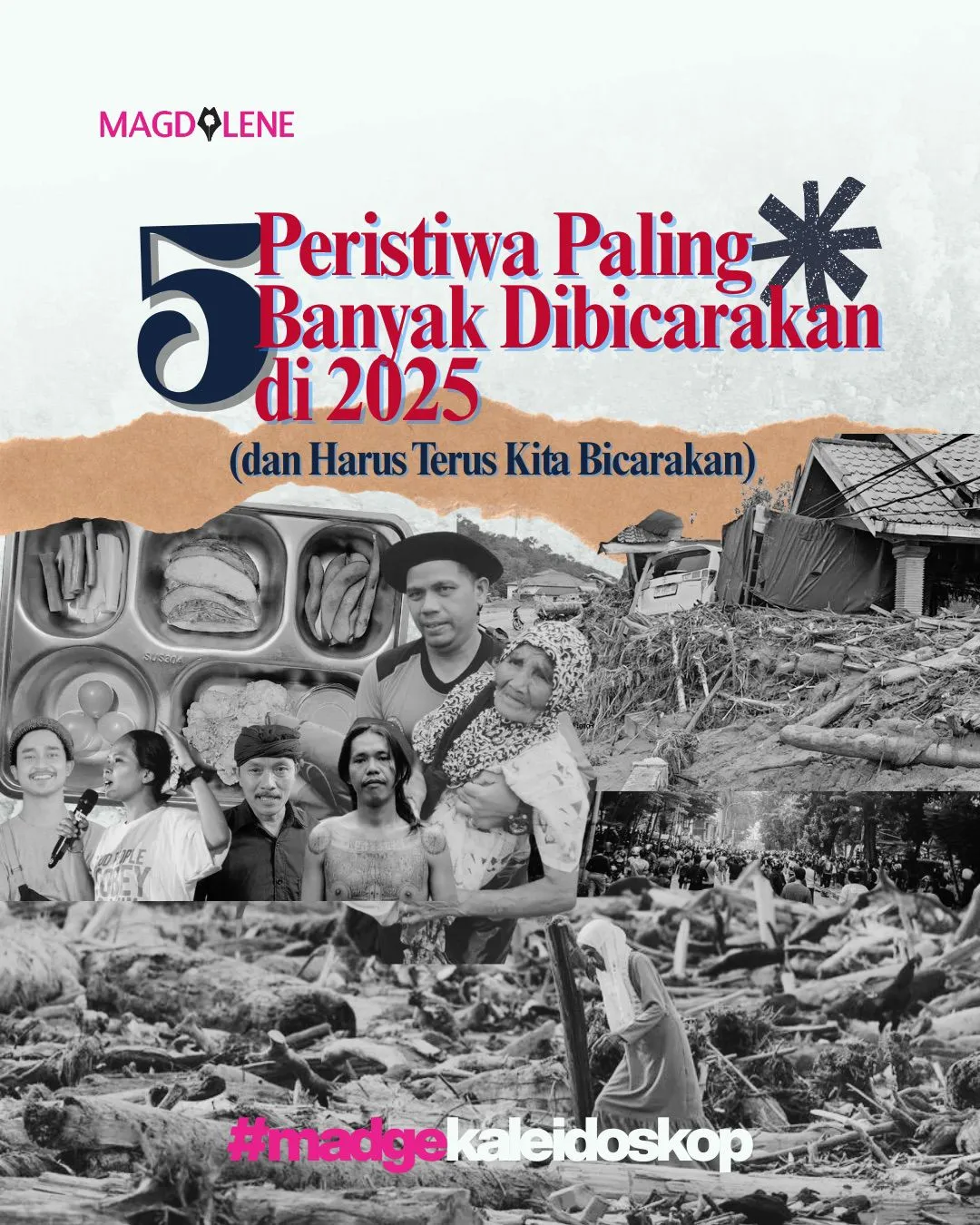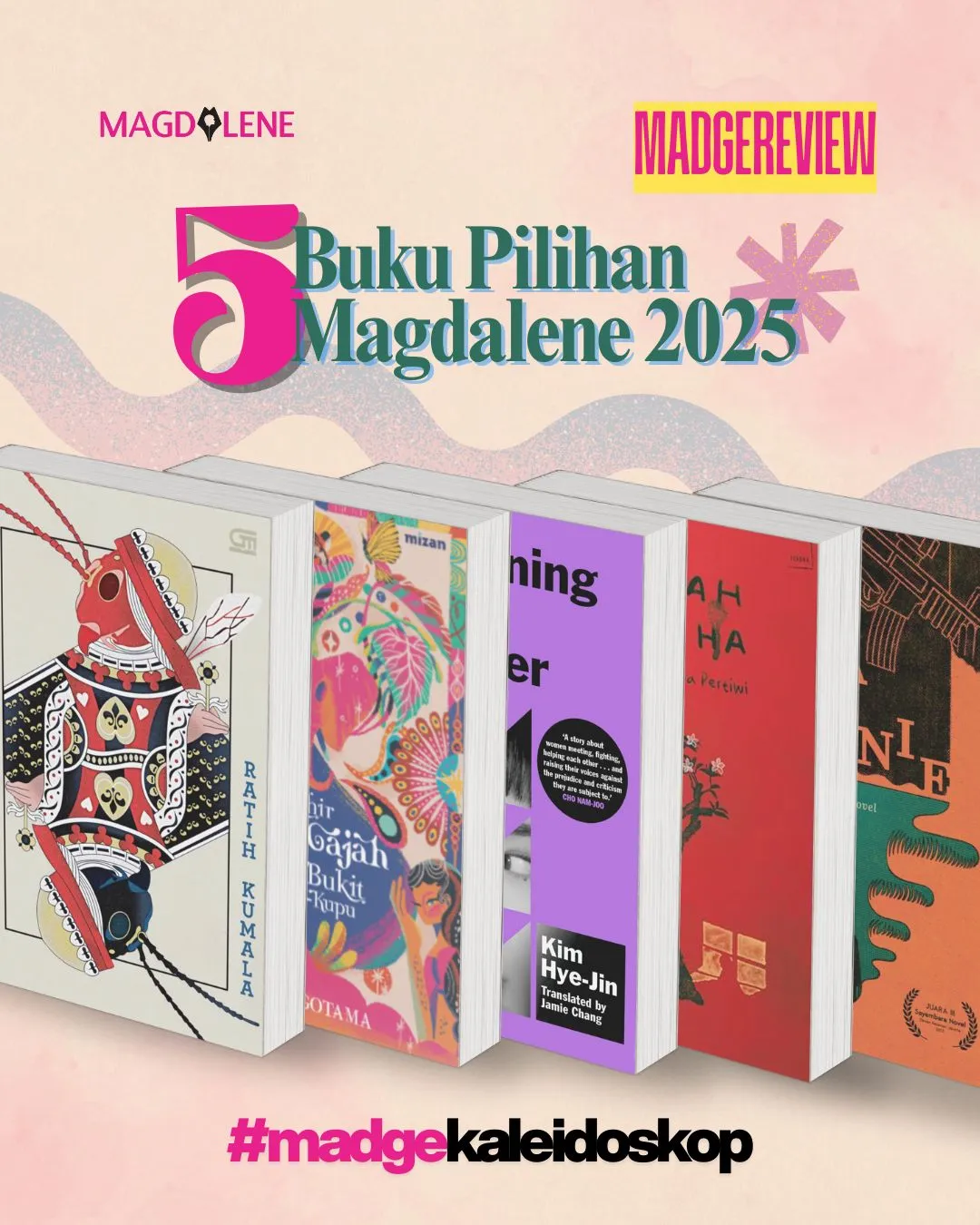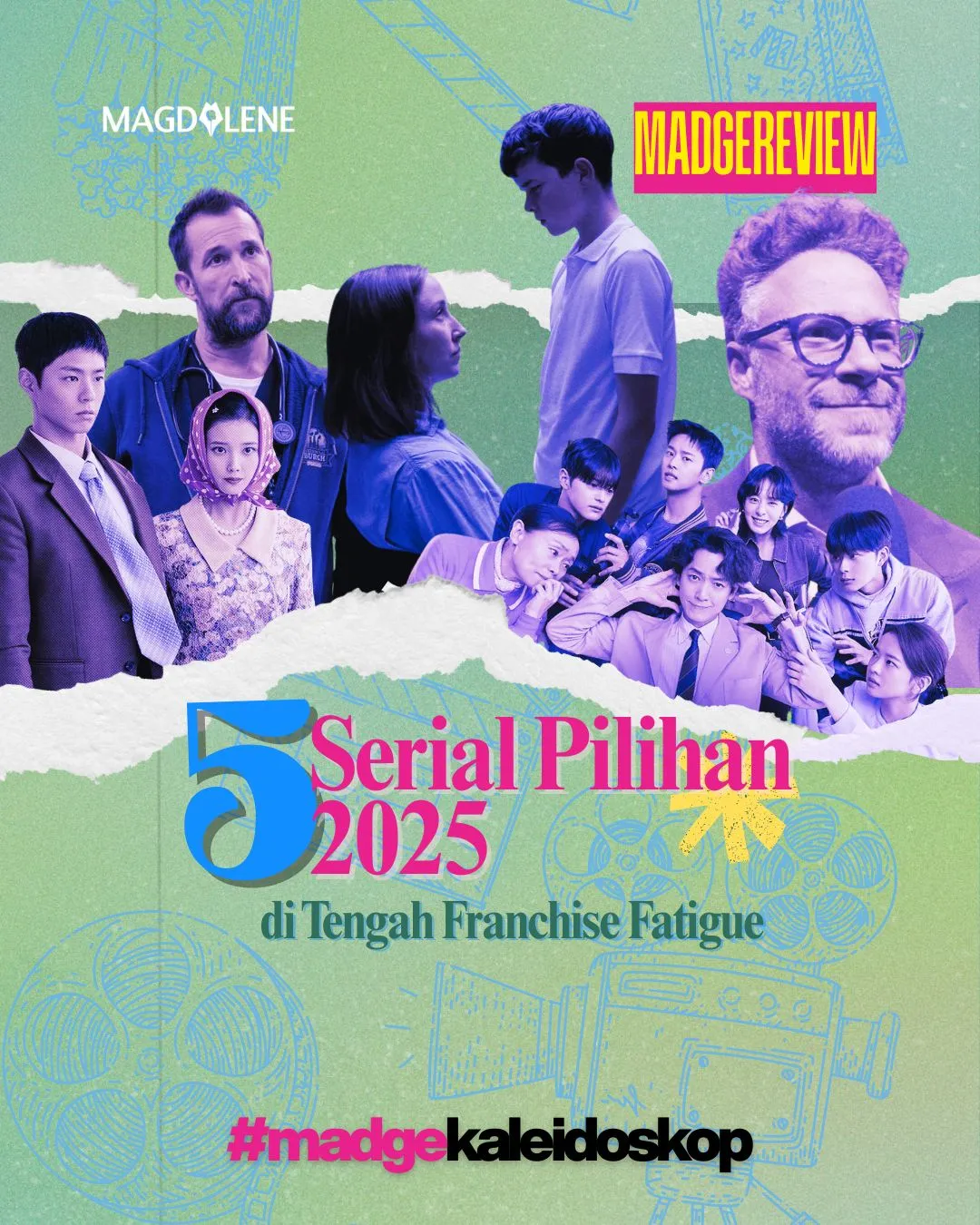‘Maleficent’ Takes Feminist Revisionist Backstory to the Next Level
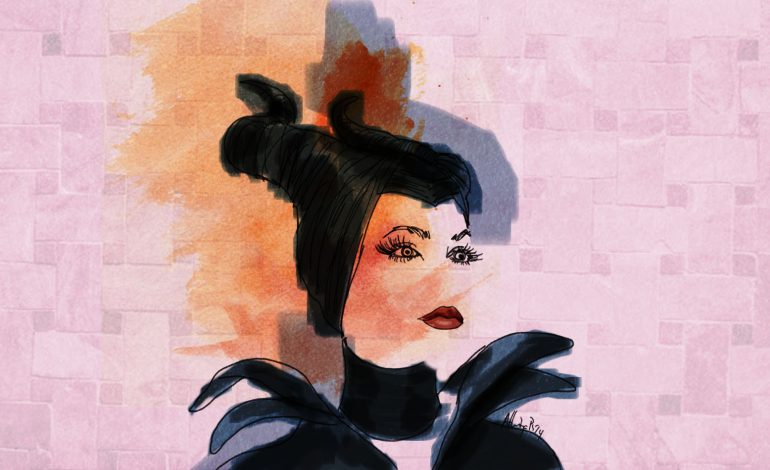
The formula of providing new angles on well-known fairytales is not exactly new. Misunderstood characters that make bad decisions (and thus labeled ‘villains’) are always likely to make interesting stories.
One of the most celebrated musicals of all time, Wicked, based on Gregory Maguire’s revisionist take of The Wonderful Wizard of Oz, posed the question of wickedness and how good intentions with bad results might be worse than bad intentions with bad results.
Interestingly, Idina Menzel, who played Elphaba aka the Wicked Witch in the Broadway show, also voiced Elsa the Snow Queen in Disney’s version of Hans Christian Andersen’sThe Snow Queen, Frozen.
Unlike the original fairytales who pictured them as prototypical lady villains, these two characters were simply bright young women who have made bad choices and attempt to make things right.
Disney’s latest motion picture, Maleficent, also offers the same premise although some scenes in the film were actually much more suitable for adults (Angeline Jolie herself acknowledged the scene in which Maleficent had her wings taken away was metaphorical for a rape).
When I first heard that Disney would releaseMaleficent, I was ecstatic because the antagonist of the 1959 animated film Sleeping Beauty is a personal favorite of mine, since she is such a badass. And, for me, Jolie is the perfect actress for the movie (I’d go for Tilda Swinton, though, if she hasn’t already portrayed The White Witch inNarnia).
I had felt there was much more to be told from Maleficent’s point of view. I mean, come on, in the original fairytale she put a curse on an innocent child just because she wasn’t invited by the parents to the daughter’s christening.
I was like, ‘Girl, you might want to check your inbox. Who knows? Maybe Aurora’s mother forgot to send the e-vite or something.’
So I was glad that Maleficent did the character justice (thanks to Jolie) story-wise. Jolie’s version of Maleficent is a complex woman with many layers, instead of just a bitter character who wasn’t invited to the party.
Like Elphaba and Elsa, Jolie’s Maleficent also made bad choices (though understandably so) but, unlike the two, she did go ‘wicked’ for a moment, though later she decided to change her ways, as she grew fond of the princess.
Maleficent also took feminist revisionism to the next level. While Wicked plays with the story of friendship between Glinda and Elphaba, and Frozen tells the story of sisterhood, Maleficent, in my opinion, subtly explores the world of Sapphic charm (not counting that ‘rape scene’).
The movie portrays Maleficent’s love to Aurora as motherly (including the ‘true love kiss’ that breaks the curse) but for me that is, indeed, romance. As a gay man, I have nothing against that. Instead, for me it shows that, in the mainstream media, classic stories with a socially progressive twist like this have started to gain currency.
ABC’s Once Upon A Time TV series also played with this premise with Lana Parilla’s portrayal of the Evil Queen, who was given so many backdoor stories including heartbreaks and mother complex that make critics (and by critics I mean me) fall in love with her instead of Snow White.
Disney also did their version of revisionist of Oz with Oz, The Great and The Powerful starring James Franco and Mila Kunis.
I do miss badass female villains who were 100-percent evil (not to mention fabulous) such as Swinton’s White Witch or Helena Bonham Carter’s Bellatrix Lestrange from Harry Potter.
However, it’s just nice to see movies in which female villains were given a chance to tell their version of the story as a substitute to patronizing fairytales that simply picture them as some nasty piece of work.
Who knows? One of these days we might see Indonesian writers and filmmakers put out some revisionist piece of local fairytales such as Bawang Merah dan Bawang Putih. But we’ll see ….
About Amahl S. Azwar
Amahl is a starving writer who lives in Bandung, West Java.

